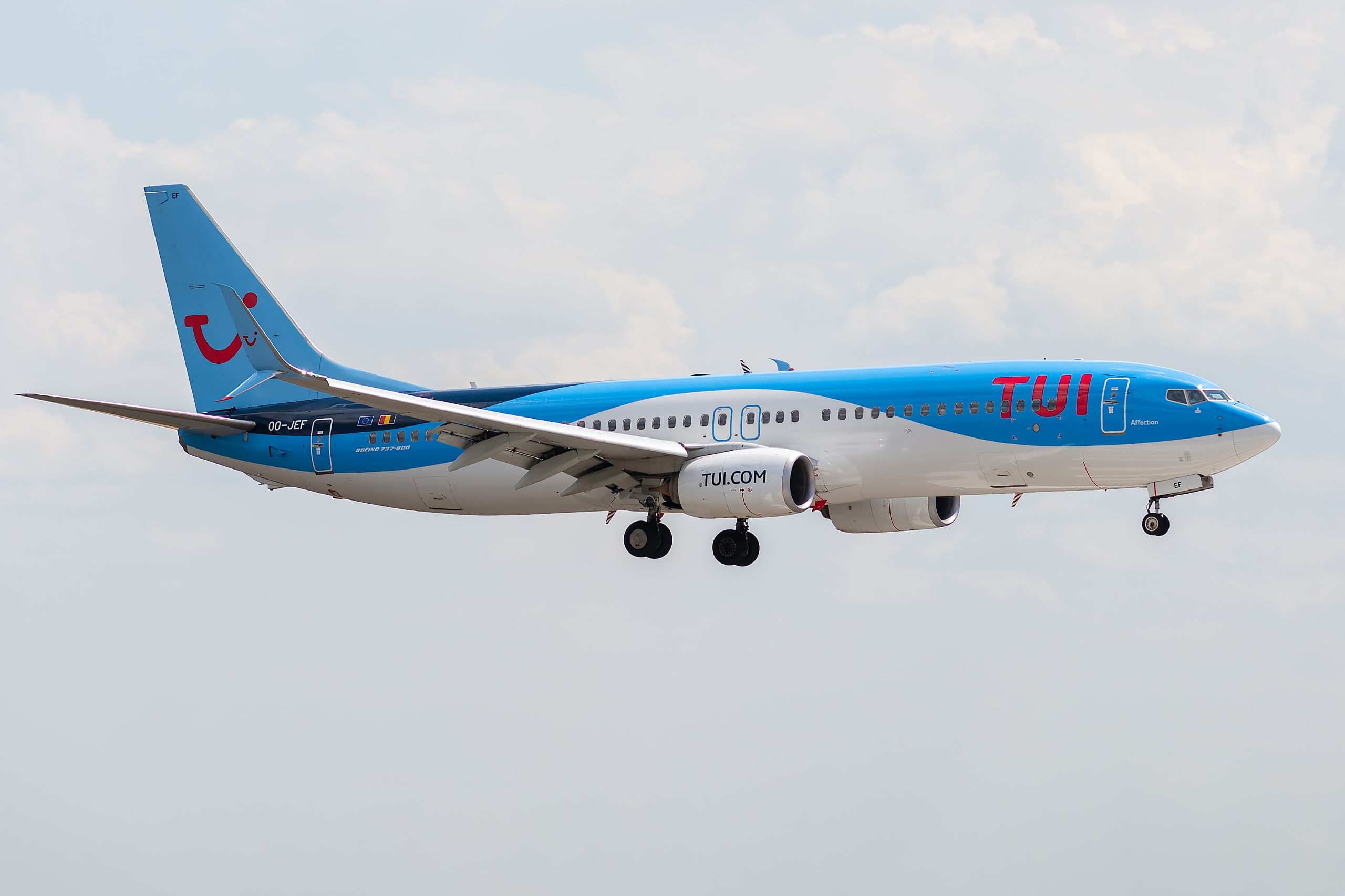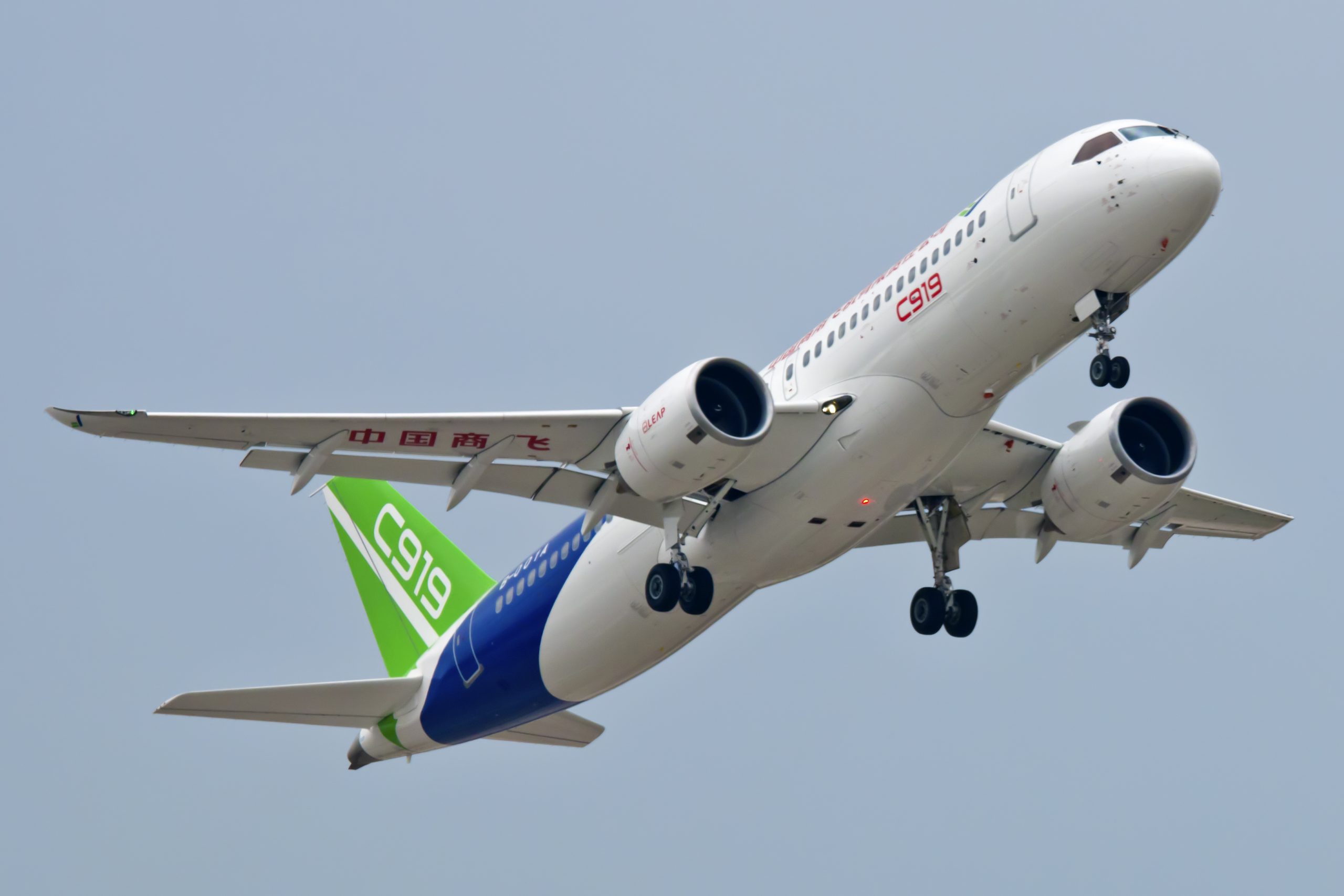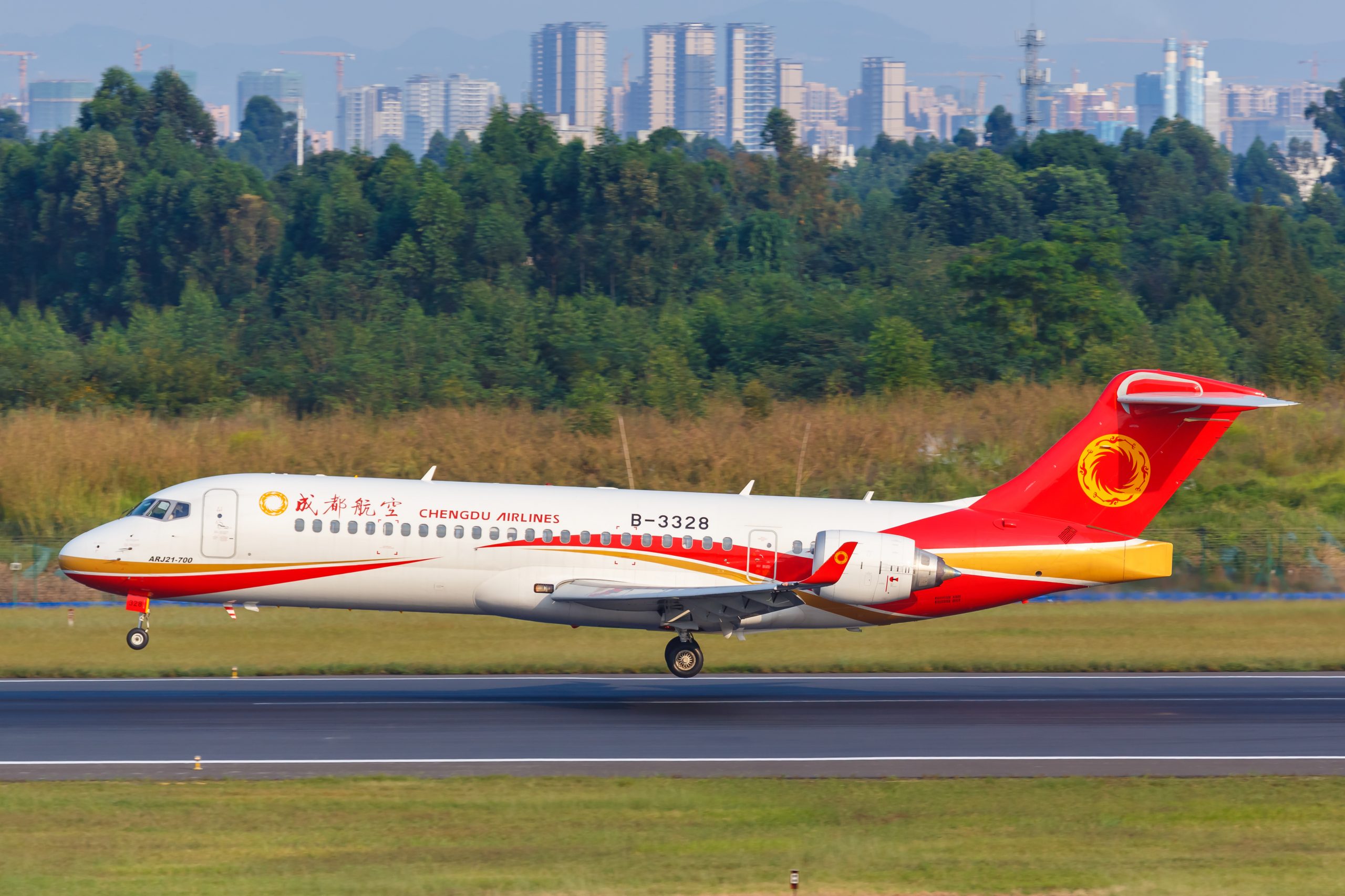Video Standards in the Aerospace Industry
AD Systems Engineer has written the following blog on video standards used for CCTV Video transmission within the aviation industry. AD Aerospace has a new HD-SDI camera, the FV-0361.
Aerospace CCTV systems generally fall into the following video standards categories:
Analogue – traditional video standards
The simplest set up. Analogue is the most widely adopted in the aerospace industry at the present time. Low latency and simple long-distance transmission are advantages.
Analogue can be transmitted either balanced or unbalanced. Balanced transmission is more robust against Electromagnetic interference (EMI), but signals usually require conversion at both ends. AD Aerospace offers cameras and monitors that support both balanced and unbalanced signals. This enables customers to easily integrate with other equipment.
In the industrial sector, the HD Analogue standard is gaining popularity. However, this has not followed into the aerospace market.
IP – Internet Protocol
IP Systems are gaining popularity within the aerospace industry. Key benefits of IP systems are as follows;
- The aerospace industry uses Ethernet and IP technologies for non-critical data transfer between airborne systems. IP cameras can seamlessly integrate into this network with minimal additional wiring and weight.
- Internet Protocol allows more flexibility in network topologies, allowing system integrators to optimise for their chosen parameters.
- IP cameras compress the images prior to transmission. This edge-computing allows reduced data bandwidth, increases scalability, and allows video storage. LRU’s can reduce computing power, in-turn reducing system SWaP requirements.
- With next generation compression algorithms such as HEVC, it may be possible to transmit a 4K UHD video with acceptable quality under 10mb/s[1], allowing it to be used with older 10BaseT spoked networks, saving weight, cost, and replacement time.
- IP Systems are easily bi-directional, and configuration and control signals can easily be sent from other LRU’s to cameras without more supporting wires.
However, IP systems are not without their compromises;
- Compression algorithms take time to process. This introduces latency into the system. Excessive latency between image capture and display can introduce significant workload. Latency can introduce uncertainty in positioning applications, increasing the risk of the manoeuvre.
- The video scene affects compression. The video quality can suffer in scenes where many objects are moving independently. Or, the required bandwidth can be substantially higher. For example, performance will be variable in scenes that involve precipitation.
ARINC 818 Video Standards
This is the only standard listed that has been developed specifically for Aerospace. ARINC 818 offers low latency and high reliability that is needed for Avionics displays. This standard is meant for mission critical systems or where the safety of the aircraft is dependent on the video.
CCTV monitoring does not usually fall into this safety-critical category. As such, AD Aerospace does not currently provide any products with ARINC 818 inputs or outputs.
HD-SDI
HD-SDI is not widely adopted across the aerospace industry. The standard offers the latency advantages of analogue systems, while still allowing HD video transmission. AD Aerospace now offers an all new FV-0361 aerospace HD-SDI camera.
The image can be reconstructed without amplifying noise as it is a digital signal. For situations where the video signal will be susceptible to EMI, HD-SDI can be made differential. AD manufactures the FV-0877 and FV-0477 as a matched pair of camera and video monitor which utilise this differential transmission.
Running at 1.5GHz, HD-SDI requires a higher specification cable harness that carries the video signal than analog. For AD’s new FV-0361, AD can supply cable harnesses up to 10m suitable for power and video signal connection to an FV-0591 Video server unit or 22D and size 8 contacts for other LRUs.







